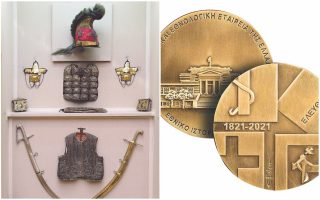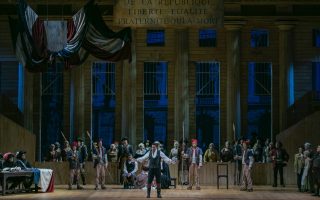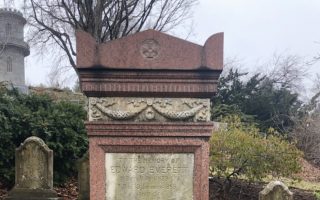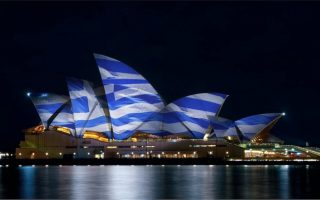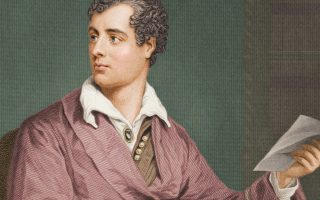Exploring the modern Greek identity in reverse
The Museum of Cycladic Art’s ‘Antiquarianism and Philhellenism’ shines light on the country’s evolution and its allure for foreigners
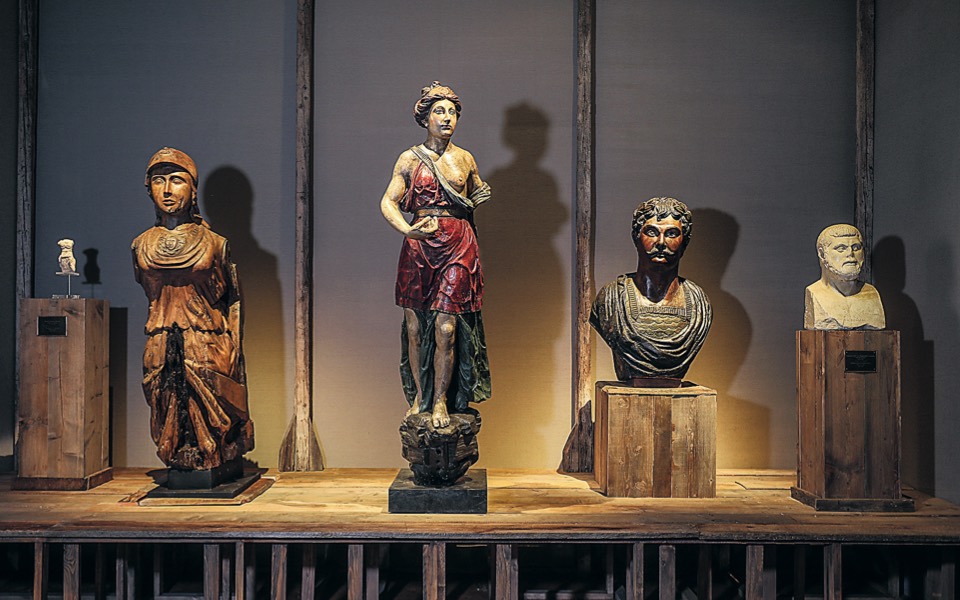
I have to admit that as I headed to the Museum of Cycladic Art in central Athens for a tour of “Antiquarianism and Philhellenism” by art historian Dr Fani-Maria Tsigakou, one of the exhibition’s two curators, I suspected I would most probably get bored at the sight of golden table clocks and oil paintings depicting rebellious men in frilly white foustanellas among ancient columns.
I have always been moved by the idea of foreigners’ love for Greece but I have rarely felt the same fascination with the decorative objects expressing that spirit. I used to treat them as belonging to a soulless shop window, whereas the Greek Revolution had actually unfolded across wild mountain slopes and ridges, with plenty of bloodshed (this was, after all, what we were taught at school). I went through the gate with a fair amount of prejudice. I would soon change my mind.
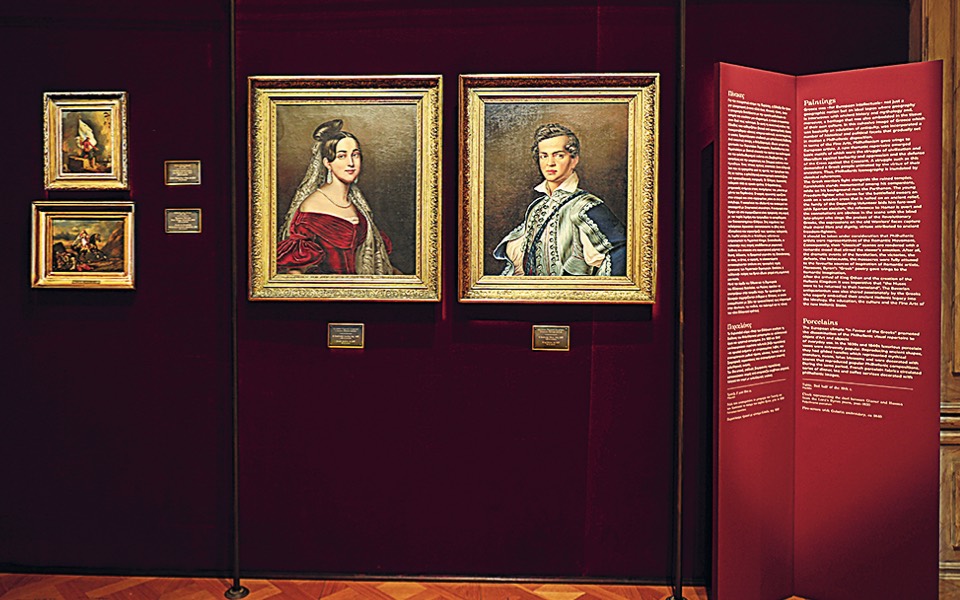
What I experienced was not just one of the most beautifully staged exhibitions I have ever visited in Greece. Chloe Obolensky and Andreas Georgiadis transformed the exhibition space at the museum’s Stathatos Mansion to resemble a 19th century haute bourgeoise European residence. The exhibits on display, handpicked by Tsigakou from the Thanassis and Marina Martinos Collection, gleam impressively, taking visitors back to the era when the modern Greek state was born. Next to them are snippets of antiquity, wisely curated by Professor Nikolaos Stampolidis, weaving a narrative where antiquity coexists with the 19th century.
The treasures showcased in the exhibition (whose opening has been delayed due to the pandemic) were not selected randomly. Thanassis Martinos was immersed in the beauty of the artifacts from a young age. His father, Yiannis, was one of Greece’s earliest and finest antique dealers. His in-depth knowledge of the field gave him the ability to single out unique pieces. His sister, Eleni, continues the family tradition at the century-old downtown store on Pandrosou Street in Monastiraki. She too has contributed to the collection, as have Thanassis and Bessy Giannoukou and Apostolos Argyriadis.
“This is not a corpus of exhibits but unique, original masterpieces that have never before been seen [by the public] from up close,” says Tsigakou, Greece’s leading expert in the field. Tsigakou is also the only Greek to have contributed to a collection of essays on the Greek Revolution published recently by Harvard University Press. The catalogue for the exhibition is also valuable on its own merit.
Time capsule
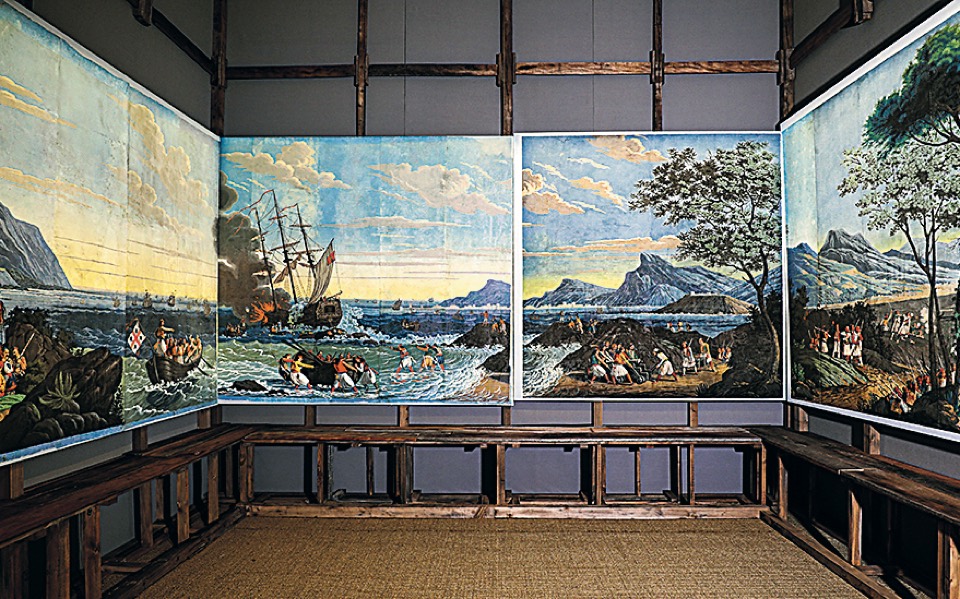
“In this tribute, we have the fortune of being able to immerse the visitor in the atmosphere of the 19th century by virtue of the neoclassical Stathatos Mansion. This is extremely important because all the items displayed here used to decorate grandiose houses back in the day; hence they are included in their natural environment, allowing the coupling of antiquity with the era of philhellenism,” the art historian says. She adds that many of the 70 exhibits were showcased at special events and philhellenic bazaars organized by international committees designed to raise money and supplies for Greek revolutionary fighters or to pay ransom for the release of prisoners: “They are thus artworks which appeal to the sentiment; they are very powerful.”
But how exactly did we arrive at the 18th century obsession with Greece and that watershed moment in European history when Victor Hugo wrote:
En Grece! en Grece! adieu, vous tous! il faut partir!
Qu’enfin, apres le sang de ce peuple martyr,
Le sang vil des bourreaux ruisselle!
En Grece, o mes amis! vengeance! liberte!
How did Markos Botsaris grow into a reincarnation of Leonidas in the eyes of foreigners after his heroic death with a small group of men like the ancient Spartan king? Why were the fighters of 1821 depicted as demigods?
The exhibition provides answers to these questions. Standing in front of German artist Peter von Hess’ oil painting “Greeks Fighting among Ancient Ruins” (1829), one can sense these sacred connections.
Another series of paintings and sketches illustrate this theme, emphasizing the fact that the people rising up were Christians – yet another reason why the Europeans sided with them. Ancient monuments, naval battles, portraits of fighters, philhellenes, as well as of the first royal couple, Otto and Amalia, draw our attention like a sequence before our eyes. Also prominent are the sculptures crafted by foreign artists as well as by their Greek counterparts after they had earned their freedom. The aim was to monumentalize the struggle with their tools, to lend the heroes of 1821 the immortality of ancient statues.
Identity-building
“The Martinos Collection not only contains works from the time of the Revolution but also later works that demonstrate the need of the modern Greeks to build their identity on antiquity,” Tsigakou says. “Visitors will have the chance to see exceptional sculptures by Georgios Fytalis and Ioannis Kossos.” One exhibit that really stole my heart is a small bronze sculpture by Italian artist Benedetto Civiletti depicting determined duo Konstantinos Kanaris and Ioannis Theofilopoulos as they prepare to attack a Turkish vessel, the wind blowing their hair.
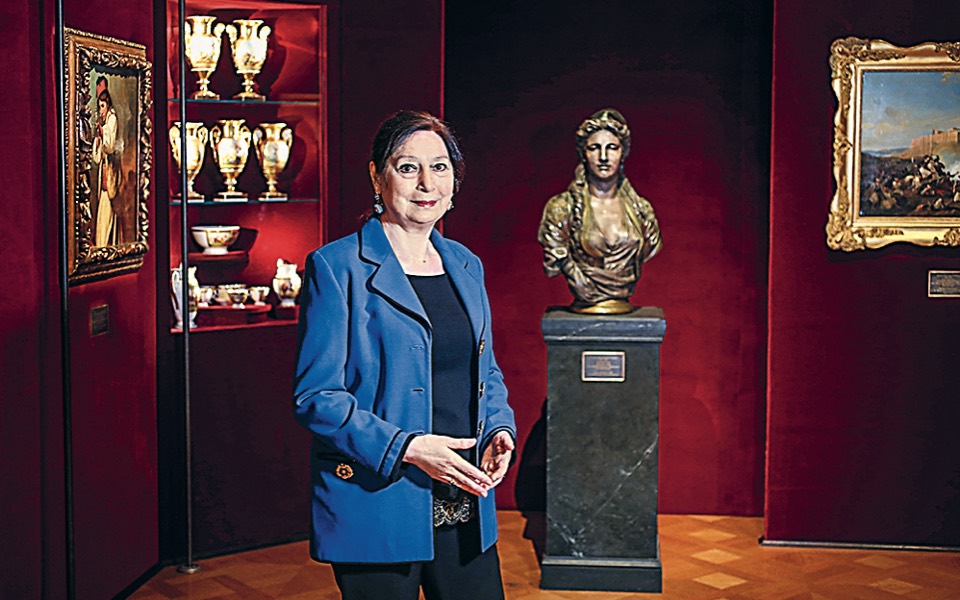
Also beautiful are the figureheads on display in the exhibition. These carved wooden decorations found at the bow of ships have many stories to tell. All the vessels that took part in the War of Independence were named after ancient Greek leaders. Interesting juxtapositions come into play: Two Amazons are placed next to each other, one a French late 18th century wooden figurehead, the other a Sosicles-type 2nd century BC marble statue. It is one of the exceptional ancient artifacts that the respected Stampolidis managed to secure from the big museums of Italy and Greece.
In spite of the difficulties created by the pandemic, Stampolidis managed to include great exhibits such as a marble hermetic column of Sappho dating back to the Roman period, a marble statue of Odysseus from the same period, and an Attic red-figure hydria. These exceptional selections highlight the relationship between the archetypal and its later reproduction, the experiential approach that the museum director and Eleftherna excavator has applied in his exhibitions.
Why will it be worth visiting the Museum of Cycladic Art when it finally opens its doors to the public? The exhibition resembles a grand tour of the modern Greek identity in reverse. It is like we are returning to the visit once made by curious Europeans to our devastated land in search of the ancient Greek legacy. These days we visit Paris, London and Vienna to find out what prompted these foreign people to stand by our side. And, most importantly, to see philhellenism as the most solid bridge to the West which nurtured our own country.
Museum of Cycladic Art, Stathatos Mansion, 1 Irodotou & Vassilissis Sofias, Kolonaki, tel 210.722.8321, www.cycladic.gr.
